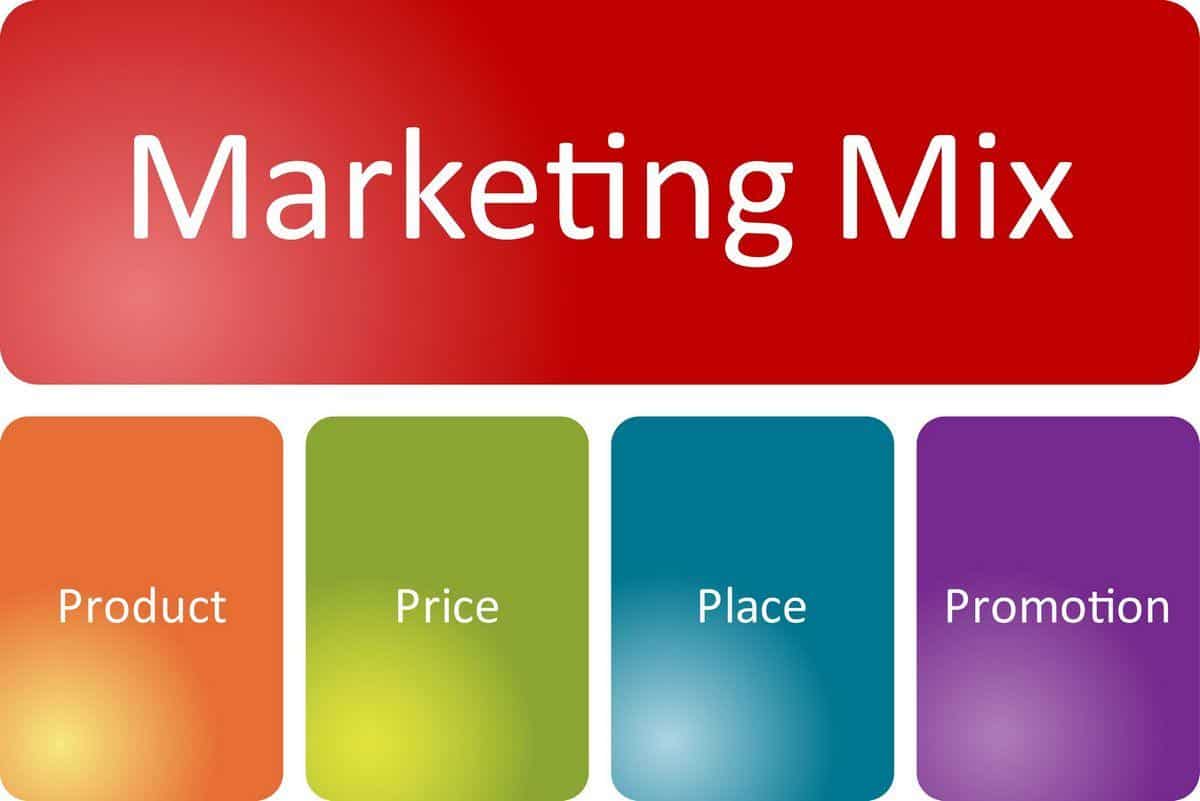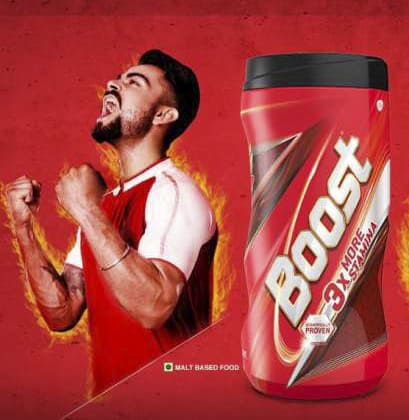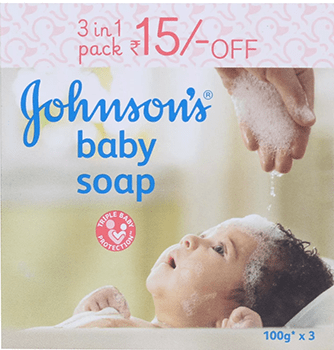What is Marketing?– Marketing Basics
- In Marketing basics, we will first start with what is marketing
Many people believe marketing is advertising. No, it’s not. Marketing is not advertising. Then what is marketing? To know about marketing, one should have a clear understanding of what is a ‘market’ and the difference between a ‘market’ and a ‘market-place’.
What is the market?
Dictionary says
“A market is a regular gathering of people for the purchase and sale of provisions, livestock, and other commodities”
Examples: Fish Market, Vegetable Market, Supermarket.
But for us marketers, that’s just a place where business happens, hence it’s a marketplace.
The meaning of market in the marketing world is different.
Market is Demand of a Product
The number of people looking to buy a product is the demand for that product and that’s the market of that product.
The market is not a place, it is a Demand, it is People.
Market = People
Now, what is marketing?
Marketing in simple words:
Marketing is Systematically Communicating your product/service value to people who can buy it.
“Marketing is communicating your product’s greatness to your Market.”
Marketing Mix – Marketing Basics
It’s a combination of factors that can be controlled by a company to influence its market to purchase its products.
So, if you are running a company, what are the crucial factors that you can control and increase your sales? These factors are known as Marketing Mix.
To make it even easier for you, imagine that you want to buy something, what are the things that you look for first?
You will look at the product, product specifications, Quality, Strength, Durability, and other product attributes like Color, Design, and more, so the first factor of the Marketing Mix is Product (P).
Next, we tend to look at the price/cost of the Product, Price (P) is the second factor.
The location of your business plays a crucial role in your business. If your business is in a prime location, then you would have more sales and if your business is in a remote/bad location your sales would be less. The factor that influences sales is Place (P).
With the advancement in technology, the impact of a place is going down because the place need not be a physical location anymore. It can be a Website, Mobile App.
With the advancement in technology, the impact of a place is going down because the place need not be a physical location anymore. It can be a Website, Mobile App.

Offers/Promotions impact sales so much, with our country being a price-sensitive one, people look out for offers to buy things, so Promotions (P) are also an important factor in influencing sales.
So, there are 4 factors that a company generally controls to influence the market to purchase its products.
These are called as the 4P’s of the marketing mix:
- Product
- Price
- Place
- Promotion
Product:
A Product is an item or a service that can be offered to a customer to satisfy his or her needs.
Products are of 2 types:
- Tangible products
- Intangible products
Tangible products
Tangible products are the physical goods that are manufactured by the company to satisfy its customers’ needs.
Intangible products
Intangible products are digital products that have no physical shape.


Price: The price of a product is the amount that a consumer has to pay the company for the product. So the price includes all the costs that the company spends (including manufacturing costs, transport costs, advertising costs, and others) on the product, plus a profit that the company wants to make on the product.
Place: Place is the location where the business is carried out. Place/Placement/Distribution are the ways or the distribution channels that a company uses to make sure the product reaches the customer. With the advancement in technology and the internet revolution, the place need not be a physical location anymore. It could be a Website; a call center or a mobile app could be a place for your product.
Promotion: Promotion is the communication aspect of marketing. Communicating the value of the product or the service to the potential customer falls under promotion. Promotion strategies could be advertising, Special Offers, Public relations, etc. It is important to know the difference between promotion and marketing. Promotion is just the advertising aspect of marketing.
Definition of Branding, Advertising, Promotion, Sales – Marketing Basics
These above-listed terms: Branding, Advertising, Promotion, and Sales look very similar to each other and many people think they are the same. But there is a difference between them. Let us look at what these terms mean.
Branding: Branding is the process of establishing an image for the company’s name, term, or symbol in the customer’s eye.

You see THIS symbol and you know it’s Audi.
Branding is a subset of marketing. Branding, in other words, can be defined as the Marketing process that creates an identity for a name, term, or symbol that differentiates our product from other products.
A branding exercise is mainly done to help customers remember the company and its products, trying to establish trust and relations between the company and the customers to differentiate you from your competitors.
A proper branding activity can increase the brand value and thus, be making it easier to acquire new customers.
Advertising: An Advertisement is defined as an announcement or notice in a public medium promoting a product or a service.
Advertising is the activity of publishing advertisements that draw customers’ attention toward the product or service and encourages the customer to purchase it.
If a business is leveraging Internet technologies to deliver promotional advertisements to customers, then we call it Digital Advertising.
Pay Per Click (PPC)/AdWords for Google, Social Media Ads (Facebook marketing), email campaigns and Video Ads are the few most commonly used Digital Advertising methods
Learn Digital Marketing basics in simple words.

Promotion: We have already seen what advertising is. Advertising and Promotions are thought of as the same but they aren’t the same. There is a difference between Promotion and Advertisement.

Promotion is the use of any special offer intended to raise a customer’s interest and influence a purchase, and make a particular product or company stand out among its competitors.
**Advertising can be done for both purposes, Branding or Promotions.
Example: Let us see Boost as an example. We see the Boost ad has Kohli as a Brand Ambassador. We see an ad where Kohli plays with a kid that has a lot of stamina and energy and they shout out “BOOST IS THE SECRET OF MY ENERGY“.

This is an Advertisement done for Branding purpose. – Long term sale advantage.

Sometimes, you see a different advertisement for Boost. This time with no Kohli or Sachin. It’s simply a voice-over that says now buy 1 kg of boost and get 200gm boost for free.
This is an Advertisement done for Promotional purposes. – Quick sales
Sales: Sales is the core objective or the end goal for all the terms we discussed above.
Sales can be defined as the activity of exchanging products or services for money.
All the marketing strategies, promotional activities, and branding strategies are for generating Sales.
Sales are more or less the final step in the business cycle. Sales are the factor that evaluates how well your strategies and plans are working in an attempt to make the prospect buy the Product.
Market Segmentation, Targeting, and positioning. (STP) – Marketing Basics
**S T P – Focus on these 3 letters
Your understanding of these concepts of S T P can make you a great digital marketer and make you stand out from other marketers.
It won’t make sense to do Digital Marketing if you are not clear with S T P.
Now, what is S? S stands for Segmentation.
Segmentation: Segmentation is the process of dividing a market of potential customers into groups, or segments, based on different characteristics.
** Segmentation is the process of dividing the market into smaller segments.
The market is nothing but people as we discussed before. So dividing people based on different characteristics is called Segmentation.

Example: Take Age as a characteristic. Let’s divide people into smaller segments based on their age.

What is your total market?:
People live from 0 to 70 years on average.
0 – 3 Yrs – babies
3 – 12 yrs – kids
13 – 19 Yrs – teenagers
20 – 30 – Youngsters
30 – 60 – Adults
60+ Seniors.
This is 1 way of dividing the market based on Age. (or)
0 to 18 – Minors18 to 60 – grownup
60+ seniors.
This is 1 more way I could divide.
So, it doesn’t matter how you divide it into multiple segments. You can divide it in any way you would want. But you should create Segments.
1 More Example.
Segments based on Gender:
Segmentation: Segmentation is the process of dividing a market of potential customers into groups, or segments, based on different characteristics.
Why do we need to do segmentation?
It’s simple, products used/preferred by one segment need not be the same for a different segment.
Example: Let us talk about soaps.
For babies, we prefer – Johnson & Johnson baby soap.

Women prefer – Santoor, Lux, Rexona.
Men prefer – Lifebuoy, Cinthol.
What is T? – T is for Targeting.
Targeting:
Targeting is the process of identifying the most attractive segments from the segmentation stage, usually the ones most profitable for the business, i.e. a particular group of consumers at which a product or service is aimed, choosing which segment to enter.
Examples of Targeting:
Let us identify, who are the target audiences for different brands.
Who are the target audiences for Santoor? What are the segments that Santoor targets? Try to answer this answer yourself. What age groups do they target, and which gender do they target? To check your answer yourself: think of Santoor’s advertisement to understand their target audience.
What do you see in a Santoor Ad?
You will see a young lady dancing. On noticing her dancing, someone asks her which college she is from. She is surprised. Me? College? Meanwhile, you will see a small kid running to her call her Mummy.
So, what does the brand want to convey to the audience?
If you are a young married lady with a baby of 3 – 4 yrs, you will still look like a college girl, if you use Santoor. To look younger and more beautiful, prefer Santoor. That is what the brand wants to convey.
So, their target audiences are Female.
You will never see a male dancing in the Santoor ad and a baby running to him calling Daddy
Age groups: Young married women with age groups around 26, 27 to 35, and 40 are what they target.
You will not see 60 yrs. old dancing and a small girl running to her, calling Granny: D.
Target Segment: Middle-class, young, recently married women.
Example 2: Let us take the Lifebuoy Soap Example.
The target audience is males, Kids, and grown-ups.

You will see the focus in their ads is on a kid and a grownup male bathing/washing hands and the brand tries to convey to us that if you use Lifebuoy, it will kill the germs on you and give you a healthy life.
They always talk about Germ Protection and mainly Males.
** Point to note here: In Example 1, we have seen Santoor Soap, in Example 2, we have seen Lifebuoy. Though both are soaps, one talks about beauty and young-looking skin, while the other talks about health and germ protection. **Santoor is a Beauty product, while Lifebuoy is a health product. That is what is Positioning. Lifebuoy positions itself as a Health Product
while Santoor positions itself as a Beauty product.
Positioning: Positioning is the process of establishing the image or identity of a brand or product so that consumers perceive it in a certain way. Positioning is the consumer’s perception of a brand of competing brands.
The way you position or differentiate your brand from your competitors is called Positioning.
Real-World Examples – Marketing Basics
Apple Phones:
Market Segments: Urban, Higher Income Group – 25 – 45 – Students – Luxury Product
Brand Positioning: Well designed, Rich Experience, Cool, privileged to have, Innovative.
Coca-Cola:
Market Segments: Adults and Kids, Not worried about calories or Health,
Brand Positioning: Refreshing, Chill, Cool drink.
Red Bull:
Market Segments: Adults,
Brand Positioning: Energy drink.
Maruti:
Market Segments: Middle Class, Urban & Suburban, adults, and the Aged.
Brand Positioning: Low maintenance, Affordable, Indian Family car.
Audi:
Market Segments: Upper Middle Class & Rich, Urban, Young & adults.Brand Positioning: Low maintenance, Affordable, Indian Family car.
For more free content subscribe to my Youtube channel


